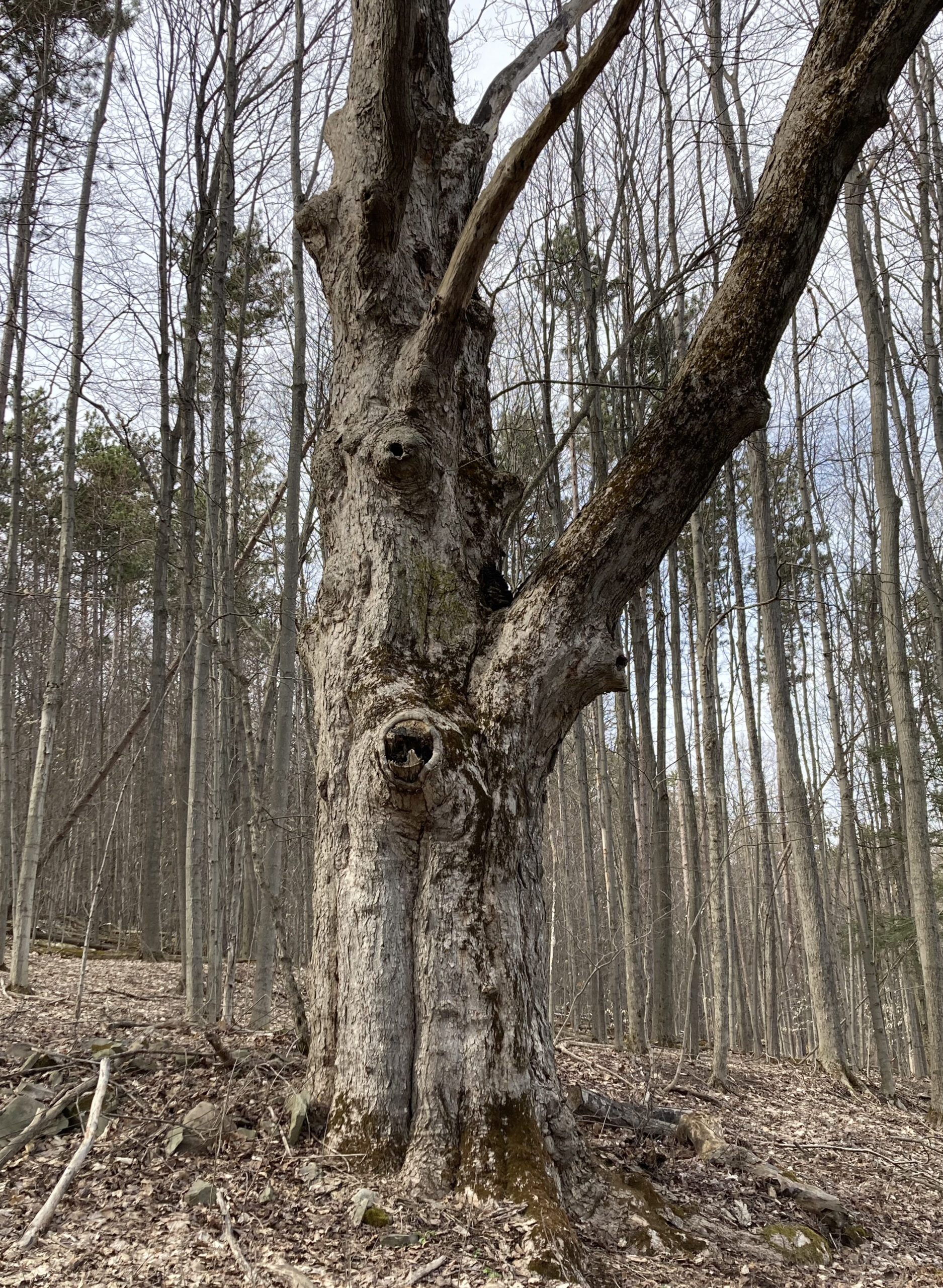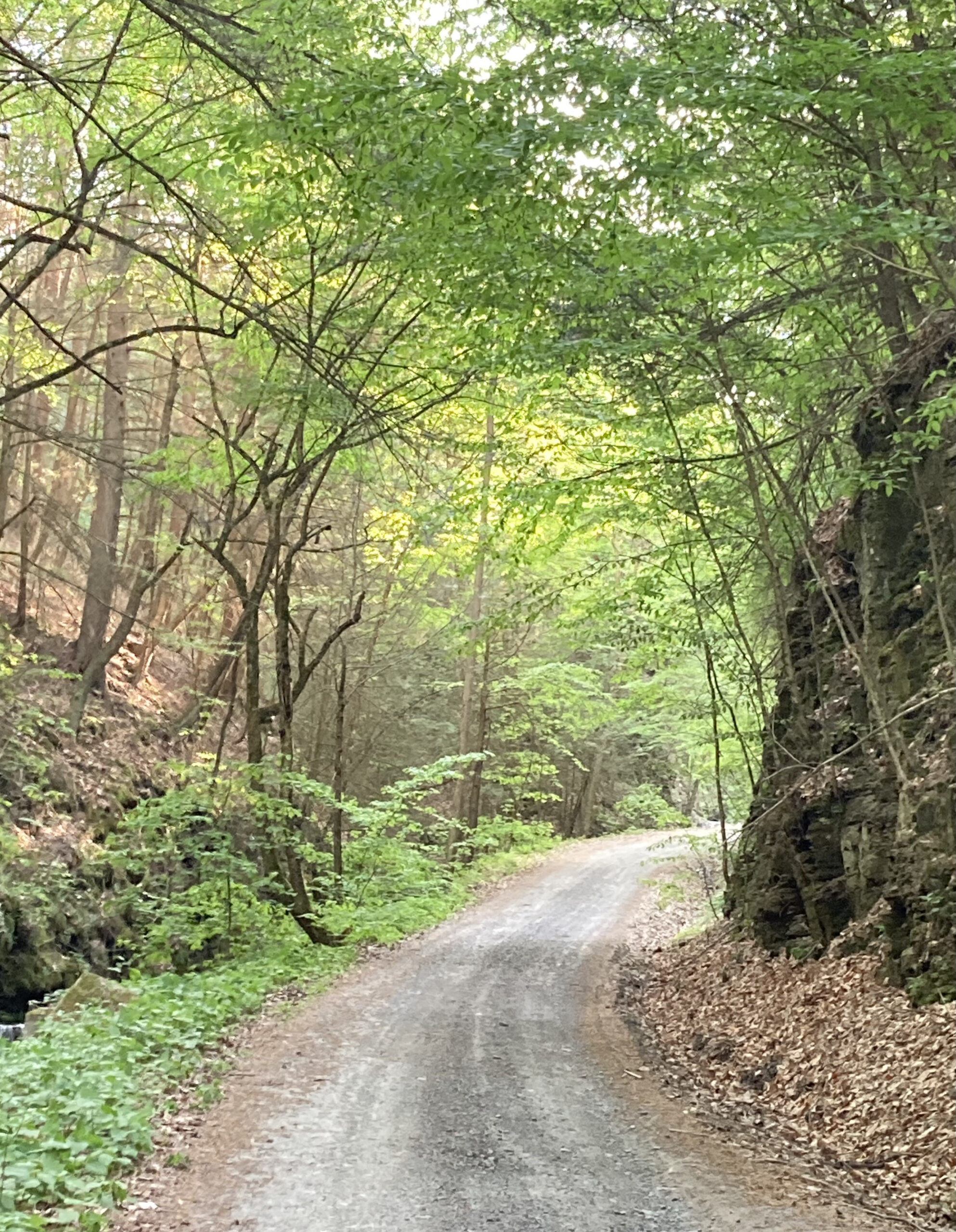The world is constantly in conversation, talking with itself, or maybe singing to itself.
As I stood in the front yard this morning, gypsy moths by the hundreds fluttered around our trees in the yard. Sunlight bounced off their brownish wings, a blue jay was flying between the moths, leaves dancing with wind, while a car crunched the gravel on the road and a crow cried out. I disliked what the moths represented, the oak, maple, and apple trees stripped bare of leaves. But at that moment, all was different. The air itself felt alive and was speaking.
Peter Doobinin, in his book, Skillful Pleasure: The Buddha’s Path for Developing Skillful Pleasure, describes how we can use thought to improve thinking. When we are working on a complex task, or we have an appointment later in the day, we talk ourselves through it or to it. We remind ourselves what we need to do or what time we need to leave our home in order to arrive on time. Likewise, when practicing mindfulness, or maybe anytime, we can remind ourselves to arrive right here, now, to be present, to fully focus on whatever task we undertake, or be aware of the quality of our breathing.
For example, before a meeting, or engaging in an important conversation, we might remind ourselves to first stop, take three conscious, deeper breaths. Notice how fast or slow, deep or shallow are our breaths, then our thoughts. Notice how we feel before engaging with others.
We use thought not only to arrive on time or complete a task but to construct an idea of ourselves, or an identity. We plan our future, select labels for our character, write mental reviews of past actions as if we were writing a review of a movie or play. Thoughts can pop up so easily.
In Buddhism, thought is considered the sixth primary form of consciousness, or sense consciousness, following sight, sound, smell, taste, and touch/feeling; it is closely tied to sense experience. So we need to remember that a thought has a different quality than direct perception. It can weigh a great deal emotionally. It can block or expand our viewpoint, aid or obscure the senses in discerning how completely tied we are to the universe. But when isolated from the senses, thought colors are less brilliant than that of bird wings, flowers, or a sunset.
Bruce Chatwin, in his book The Songlines, takes us to the Outback to learn about the First Nation People of Australia and the creator beings who sang the world into existence; song being the original language of people. The original songs are called songlines, or dreaming tracks, and mark the routes followed by creator-beings as they carved the earth during the Dreamtime, or time of creation.
But dreaming tracks are not solely about the past. They mark both a where and a when, a time and all time, or the continuous process linking the Aboriginal people to the land and heavens.
According to Wikipedia, a knowledgeable person even today can navigate vast distances, cross deserts and mountains, by singing and following the directions in the songline.
In this way, maybe we sing a songline to reach ourselves, or sing ourselves into existence through song.
Two metaphors, songs and conversations, or songs as conversations and vice versa. I don’t know which is more apt. We hear the universe singing; we hear the universe in conversation all the time but maybe don’t know exactly what we’re listening to….
*To read the whole post, please use this link to The Good Men Project, who published the piece.




